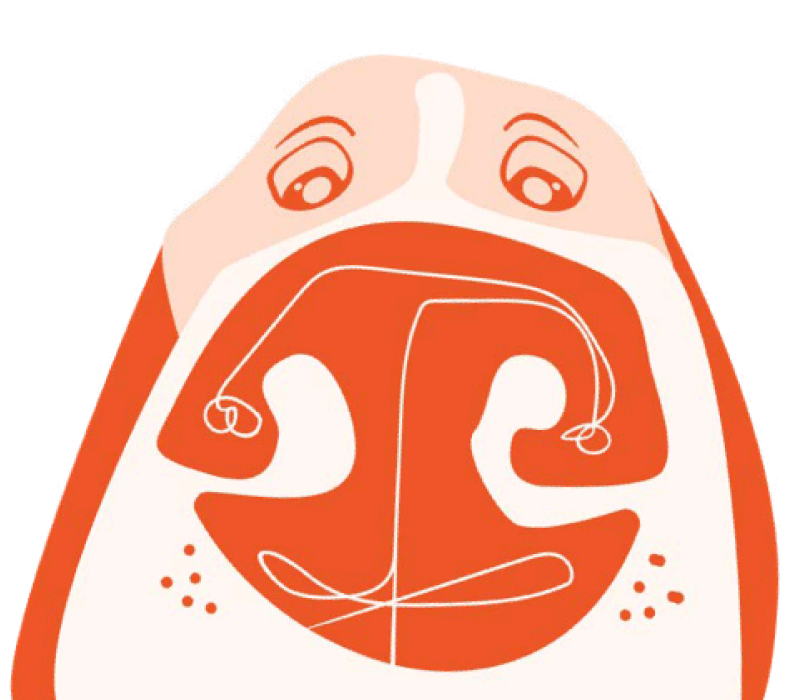Your cart is empty. Let's fix that!



At one point, my dog’s toy box was full of monthly rotators – coming from subscription boxes and impulse purchases. I mean, how could I NOT buy the novelty plush toy that looks like my favorite hard seltzer?! Trendy plush toys for pets are like the fast fashion of the pet world—they’re fun in the moment but not built to last…at all. In fact, they are designed to be consumed and discarded – often relying on cheaply made materials that wear out quickly, encouraging repeated purchases and contributing to accumulating waste in landfills.
The environmental cost of producing and discarding these items is significant, from the resources used in manufacturing to the pollution caused by their disposal. By choosing higher-quality, durable toys made from sustainable materials, pet owners can reduce their environmental impact while also providing longer-lasting entertainment for their pets. Thoughtful purchasing not only benefits the planet but also promotes a more responsible and ethical approach to being a pet parent.
If you’re an eco-warrior, you might be slowly shaking your head… but let me explain. Plastic is often vilified because of its many single use applications and for its slow decomposition rate. Unlike organic materials that break down relatively quickly, plastic can persist in the environment for hundreds of years – what if that was a good thing?
What’s often overlooked in these discussions is plastic’s durability and versatility—qualities that make it an excellent choice for dog toys designed to withstand wear and tear. Once you master the process of reclaiming, recycling, and re-using this material, you’ve created a continuous cycle of toys full of playful memories that lives on, and on, and on.
While it’s easy to see plastic as inherently bad for the planet, it’s important to look at the full picture of its environmental impact. Contrary to common belief, plastic production can be less energy-intensive than producing materials like metals, paper, or glass. When it comes to dog toys, this means that plastic toys—when designed with durability in mind—can be more sustainable than alternatives that require more resources to produce
It’s not just about choosing the right material; it’s about managing that material responsibly. Our commitment to sustainability goes beyond manufacturing; it extends to how we handle our products at the end of their life cycle.
We’ve created a system called Join the Loop® that allows pet parents to send back old toys once they've been loved to pieces, closing the loop on waste and give plastic a second life (and third, and fourth, and fifth…). We take the worn-out toy, sanitize it, grind it up, and feed it back into our manufacturing process to create brand new toys without losing any durability. We’ve been doing this since 2004, right in our Bozeman, Montana factory.
This closed-loop system means that your dog’s favorite toy doesn’t have to meet an unfortunate end in a landfill
—it can be reborn as bright and bouncy new toy, ready to be buried in the backyard again and again. The more toys we get back, the greener our process becomes. By participating in Join the Loop®, you help us move closer to our goal of creating a truly zero-waste product, finding the balance between creating long-lasting, durable products without compromising the future of the planet.